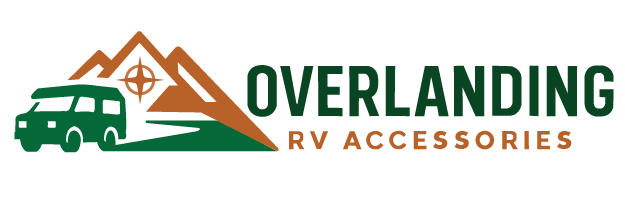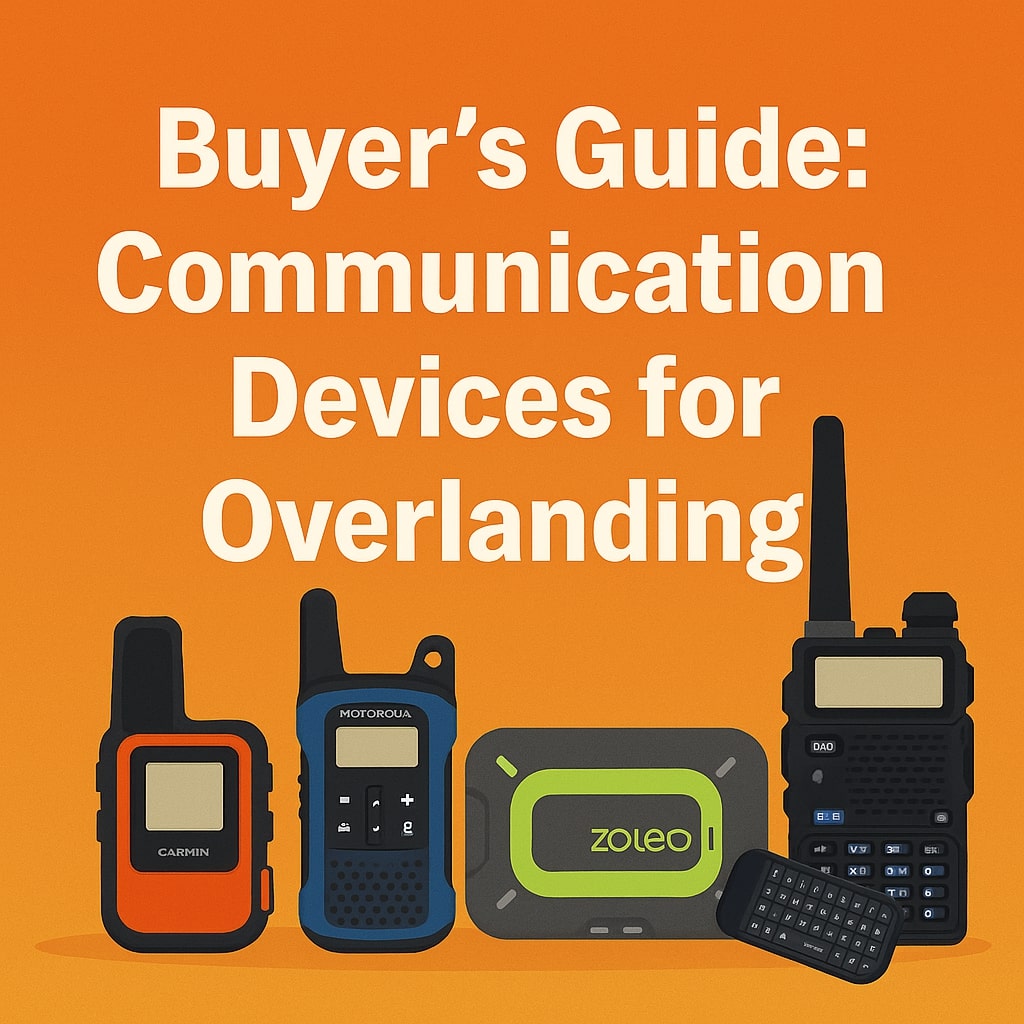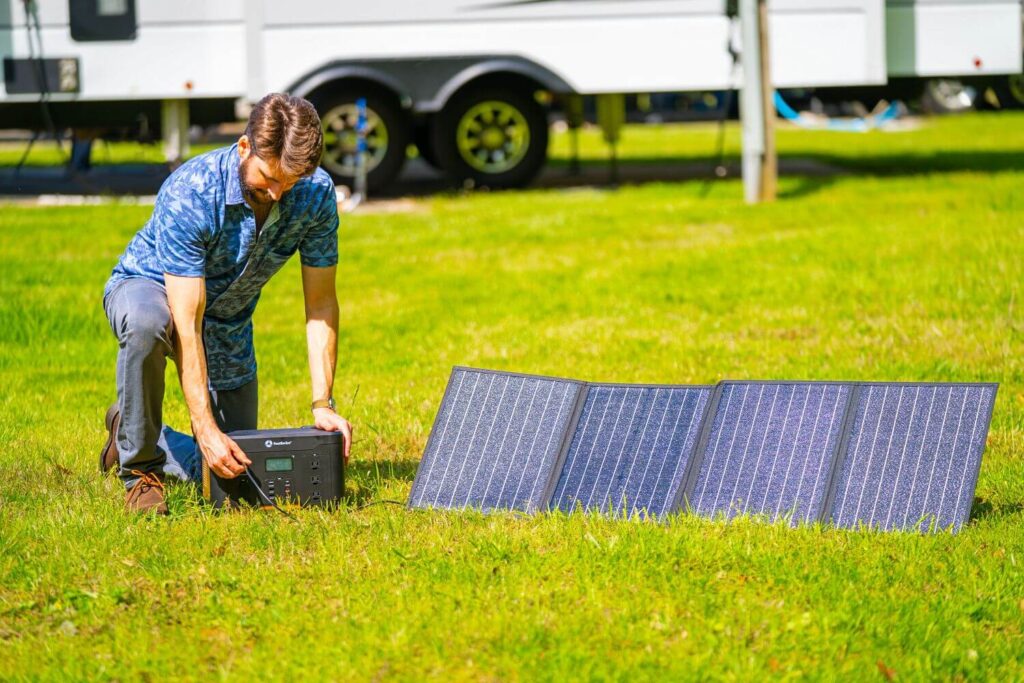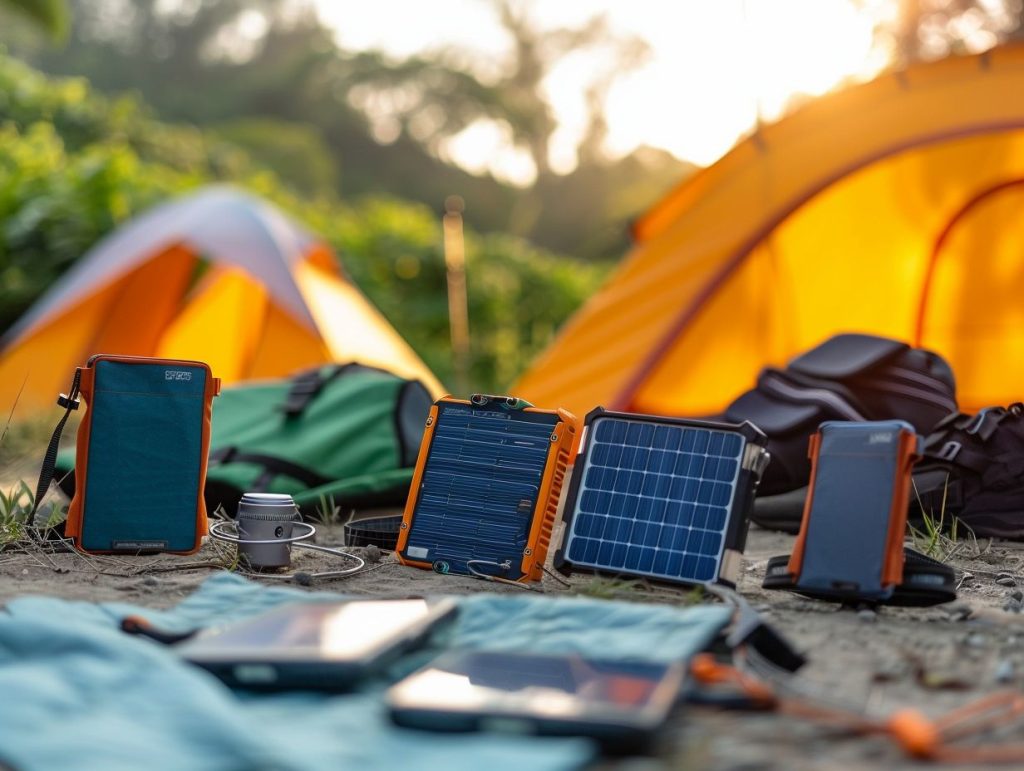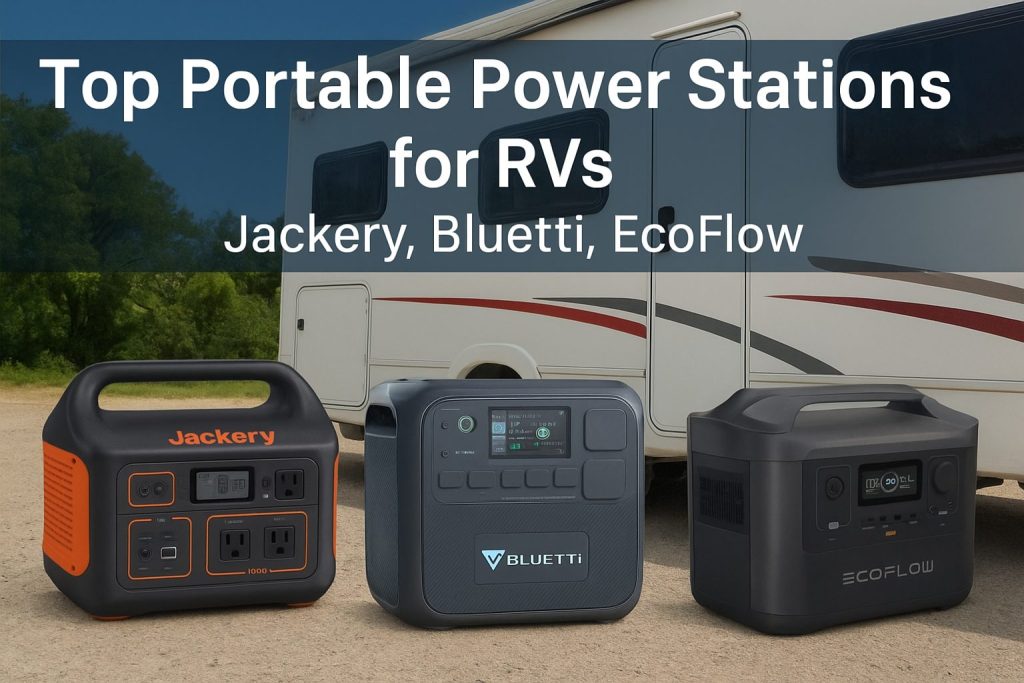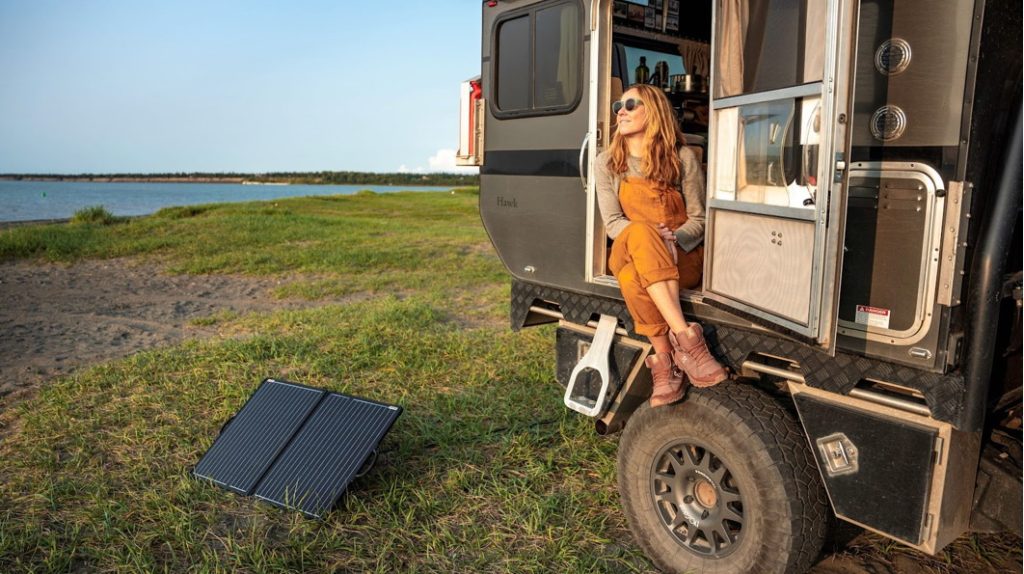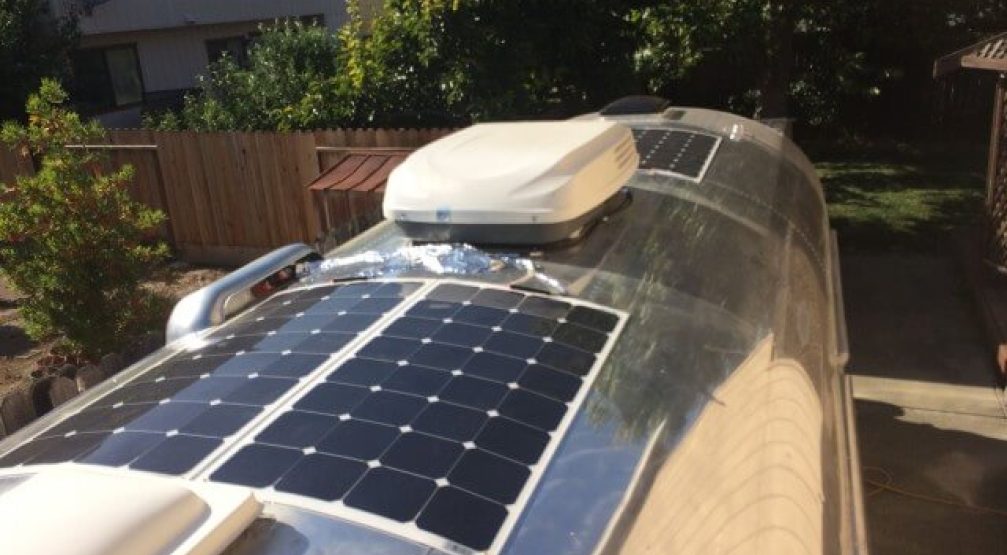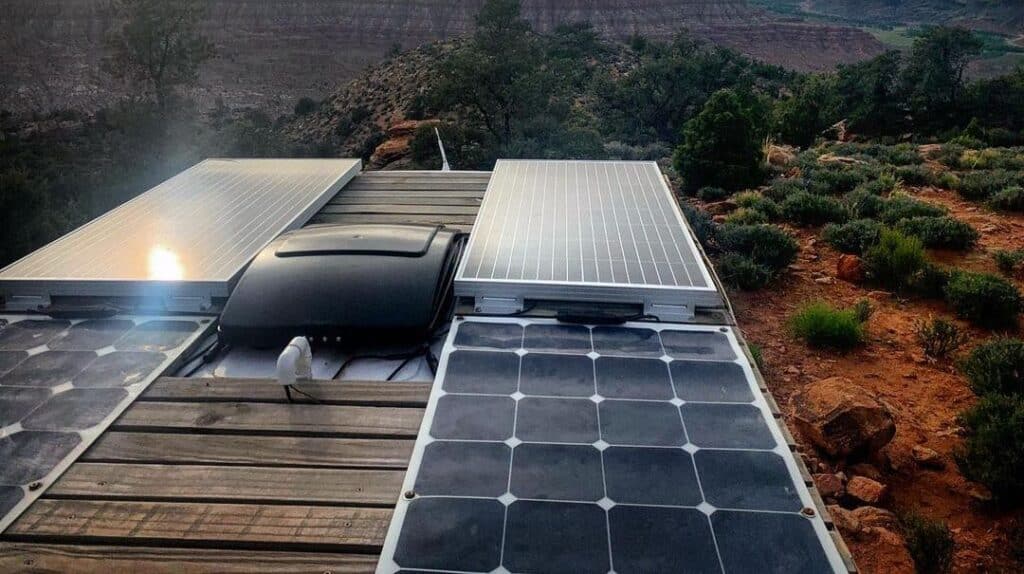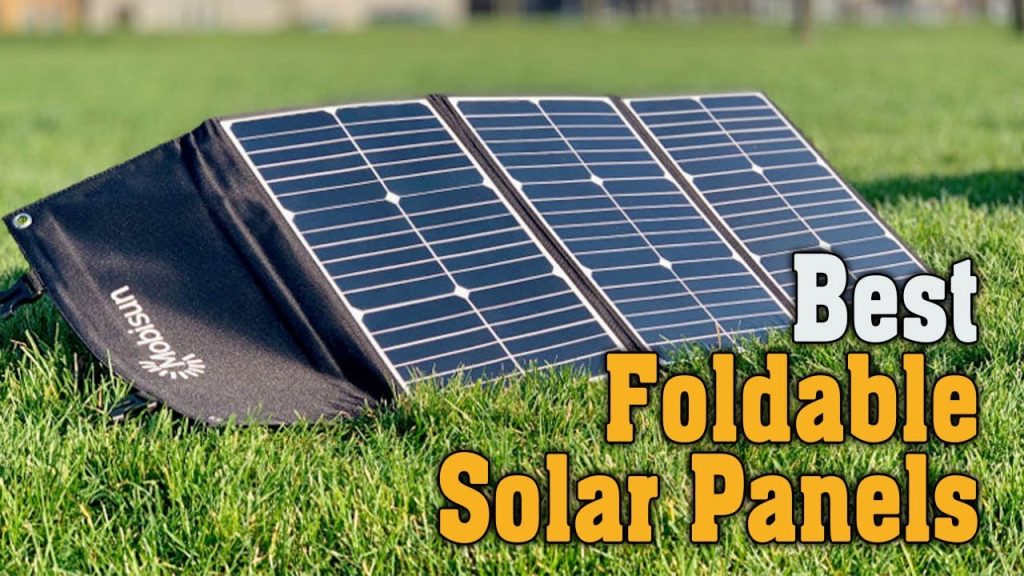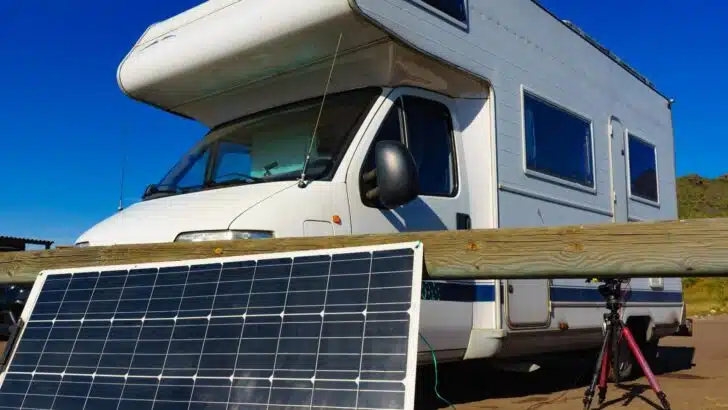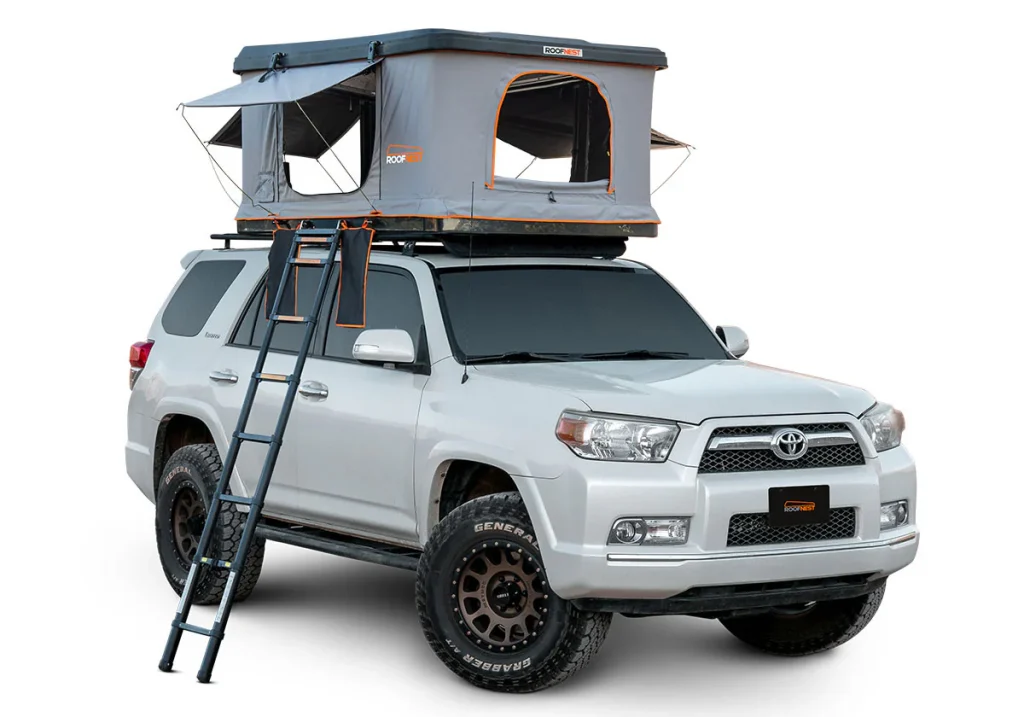When you’re venturing off the grid, whether deep into the backcountry or across vast desert landscapes, staying connected is more than a convenience—it’s a necessity. Overlanding, by its very nature, involves exploring remote regions where traditional communication networks are unreliable or completely absent. That’s why choosing the right communication device is one of the most important safety decisions any overlander can make.
This guide will walk you through the various types of communication tools available for overlanding, key features to consider when choosing one, and specific product recommendations tailored to different needs. Whether you’re going solo or traveling in a group, this guide will help ensure you’re prepared for both casual check-ins and emergency situations.
What is Overlanding Communication System
An overlanding communication system refers to the tools and technologies used to stay in touch while traveling through remote and off-grid environments. Unlike standard road trips, overlanding often involves rugged terrain and isolated areas where cell service may be spotty or nonexistent. As a result, overlanders rely on a range of communication solutions—from short-range radios to satellite messengers—to maintain contact with their team or emergency services.
These systems serve multiple purposes, such as:
-
Coordinating with fellow travelers
-
Receiving weather and route updates
-
Calling for help during emergencies
-
Sending GPS locations and status updates
Having a reliable communication setup is critical not only for safety but also for planning and maintaining flexibility throughout the journey. Different devices serve different ranges and use cases, so it’s important to understand which system—or combination of systems—best suits your overlanding style.
Types of Overlanding Communication Devices
Communication is essential when navigating the remote, unpredictable routes of overlanding. Depending on the terrain, distance between vehicles, and available infrastructure, different types of communication devices serve different purposes. Below, we break down the most common overlanding communication devices into categories based on their range and functionality.
Short Range Comms
Short-range communication devices are ideal for vehicle-to-vehicle contact during convoy travel, trail coordination, or campsite management. They are easy to use, don’t require licenses (in some cases), and work best within a few miles.
FRS (Family Radio Service) Radios
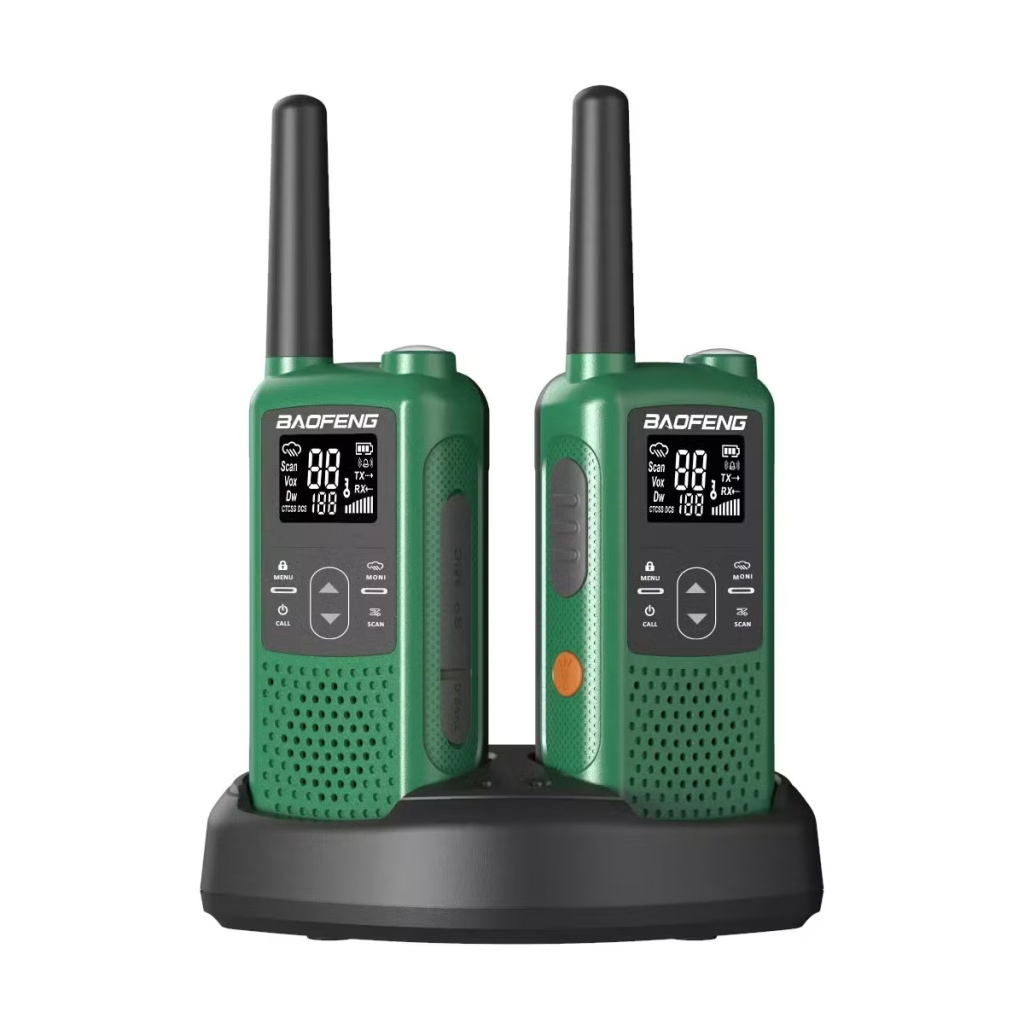
FRS radios are widely used for their simplicity and convenience. Operating on UHF frequencies, they are license-free in many countries and are great for close-range communication—typically under 2 miles depending on terrain.
Best For:
-
Group communication within campsites
-
Convoy coordination over short distances
Pros:
-
No license required
-
Affordable and compact
-
Simple push-to-talk functionality
Cons:
-
Limited range
-
Prone to signal interference in dense terrain
GMRS (General Mobile Radio Service)
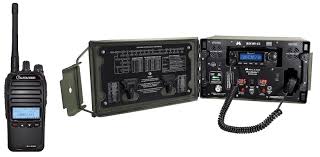
GMRS radios are more powerful than FRS radios and require a license in some regions (like the U.S.). They offer better range and are suitable for medium-distance communication, particularly in open areas.
Best For:
-
Vehicle convoys on trails
-
Rural area communication
Pros:
-
Greater range (up to 20+ miles in ideal conditions)
-
High-quality audio clarity
-
Can connect to external antennas for enhanced range
Cons:
-
License required in some countries
-
More expensive than FRS radios
CB (Citizens Band) Radios
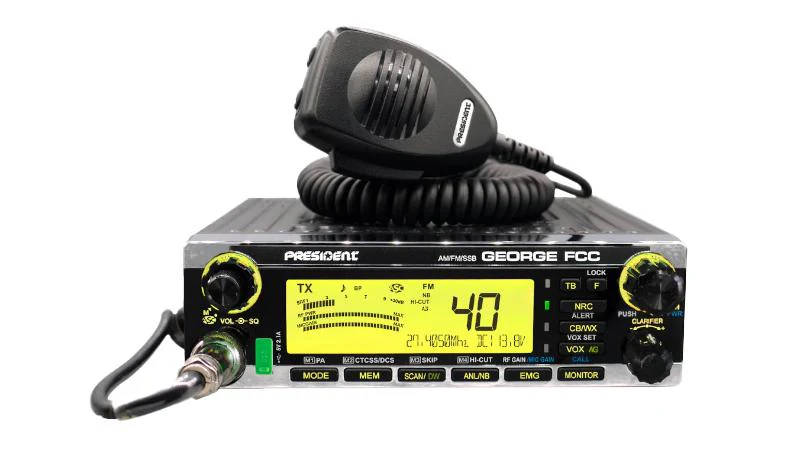
CB radios have been a traditional favorite among off-roaders and truckers. Operating on 27 MHz frequencies, CB radios can communicate up to 5–10 miles and don’t require a license.
Best For:
-
Group trail communication
-
Emergency broadcasts on commonly used channels
Pros:
-
No license required
-
Widely adopted and standardized
Cons:
-
Larger hardware setups
-
Limited clarity compared to newer options
Long-Range Comms
When traveling in extremely remote regions or over long distances, long-range communication devices are essential. These systems allow for contact over many miles—or even globally.
HAM or Amateur Radios
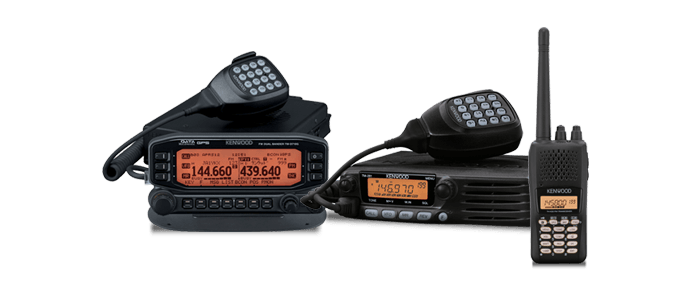
HAM radios offer unparalleled long-range communication, often reaching hundreds or even thousands of miles depending on the setup and atmospheric conditions. However, they require a license and technical knowledge to operate.
Best For:
-
Long-distance communication between remote vehicles
-
Contacting emergency responders over amateur radio networks
Pros:
-
Massive communication range
-
Access to a global amateur radio community
Cons:
-
Requires a license and training
-
Larger setup and installation
Cellular Communication Devices
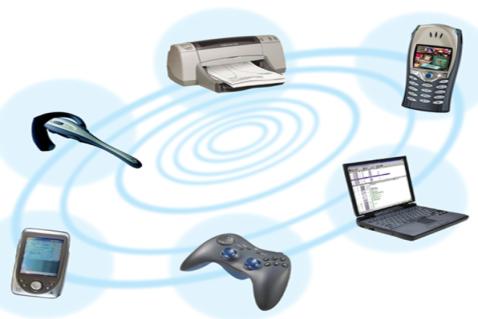
Cell phones remain useful in semi-remote areas where mobile towers are within range. Adding a signal booster or external antenna can significantly improve reliability.
Best For:
-
Areas with partial cell coverage
-
Data-based apps and maps
Pros:
-
Familiar and easy to use
-
Internet access when available
Cons:
-
Unreliable in dead zones
-
Requires network availability
Satellite Communication Devices

Satellite devices offer global coverage by connecting directly to satellites orbiting Earth. They are ideal for extreme overlanding in locations far from civilization.
Best For:
-
Remote, off-grid adventures
-
Emergency contact and global positioning
Pros:
-
Coverage in areas with no cell service
-
Enables text messaging, GPS, and SOS
Cons:
-
Expensive hardware and subscription costs
-
Limited real-time voice communication
InReach Devices (e.g., Garmin)
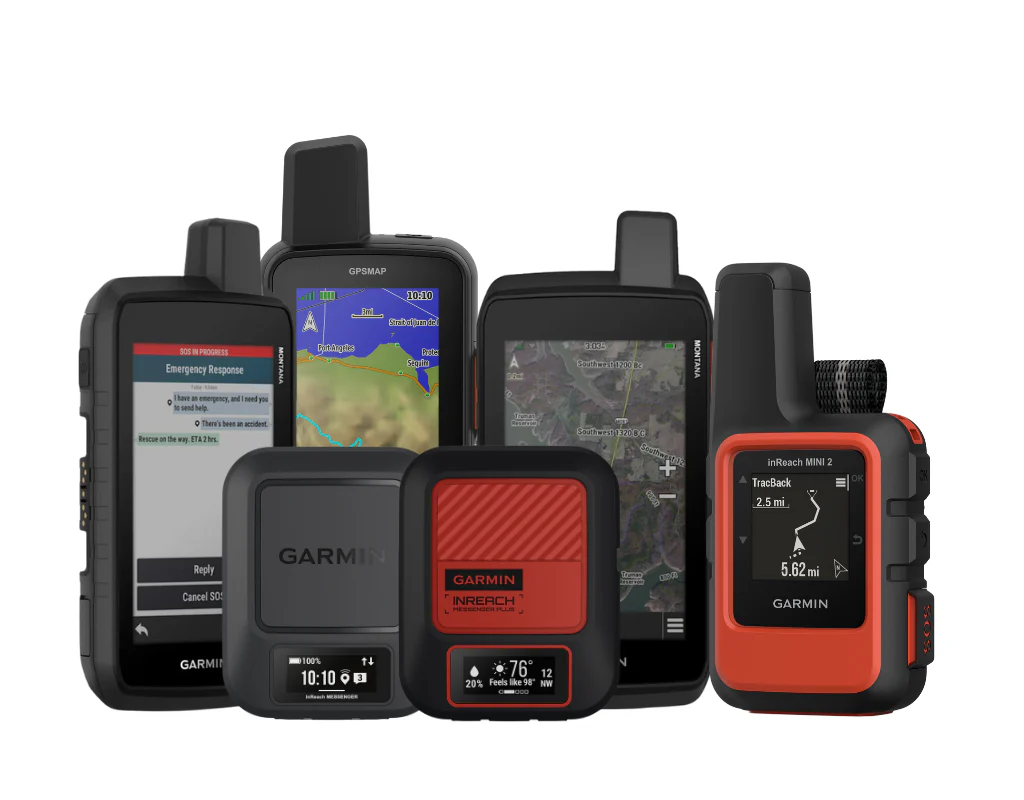
InReach devices, such as the Garmin inReach Mini, are satellite-based messengers designed for remote adventures. They offer features like two-way messaging, tracking, weather reports, and an SOS emergency button linked to a global rescue coordination center.
Best For:
-
Solo overlanders in extreme environments
-
Emergency preparedness
Pros:
-
Compact and lightweight
-
Global SOS coverage with GPS tracking
-
Pairs with smartphones for easier messaging
Cons:
-
Monthly subscription fees
-
Limited interface without a paired phone
Emergency Beacons
![]()
Emergency beacons, such as Personal Locator Beacons (PLBs), are non-subscription, high-powered devices designed strictly for life-threatening situations. Once activated, they send your location and distress signal to search-and-rescue authorities via satellite.
Best For:
-
Extreme emergencies with no other contact option
-
Solo or remote travel
Pros:
-
No subscription required (for many models)
-
Direct connection to search and rescue services
-
Extremely reliable
Cons:
-
One-way communication only
-
Should only be used for true emergencies
Key Features to Look for in Overlanding Communication Devices
Choosing the right communication device for overlanding requires a careful look at the features that matter most in remote or rugged environments. Here are the key considerations to keep in mind:
Range and Coverage
Different devices offer varying communication ranges. Short-range radios like FRS and GMRS are ideal for local vehicle-to-vehicle contact, while satellite communicators and HAM radios provide global reach. Assess your typical travel distance and terrain to determine the appropriate coverage.
-
Local coverage: FRS, GMRS, CB
-
Regional to global coverage: HAM, satellite, cellular with boosters
Battery Life
Battery reliability can mean the difference between staying connected and being stranded. Look for devices that offer long standby times and options for recharging via solar, USB, or vehicle power.
-
Consider: Runtime on a single charge, standby duration, battery type (rechargeable vs replaceable)
Durability and Waterproofing
Overlanding exposes gear to dust, rain, snow, and rugged handling. Communication devices should be ruggedized and ideally meet waterproof or dustproof standards (IP67/IP68).
-
Look for: Weather sealing, shock resistance, and rugged casing
Ease of Use
In emergencies, the last thing you want is a complicated device. Prioritize intuitive controls, clear displays, and simple setup—especially if multiple users are involved.
-
Features to value: Push-to-talk buttons, large readable screens, minimal setup
Integration with Other Devices
Modern communication devices often integrate with smartphones, GPS units, and apps. This compatibility can make navigation and messaging more efficient.
-
Useful integrations: Bluetooth syncing, app-based control, GPS tracking overlays
Cost vs. Value
Prices vary widely—from budget-friendly FRS radios to high-end satellite messengers. The right device balances affordability with features that truly matter in your overlanding use case.
-
Evaluate: Initial purchase cost vs. long-term subscription/service fees
-
Pro tip: Don’t sacrifice reliability for savings in critical-use situations
Best Overlanding Communication Devices to Consider
There are dozens of overlanding communication options on the market, but these five devices consistently rank high among travelers for their reliability, features, and field performance.
Garmin inReach Mini
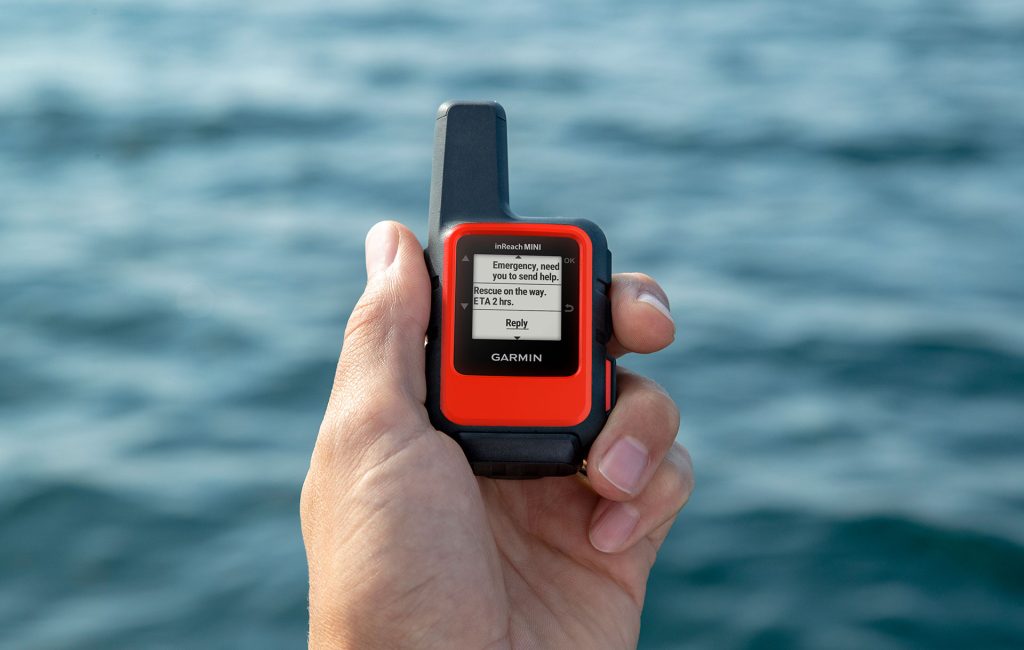
The Garmin inReach Mini is a compact, lightweight satellite communicator that delivers global messaging and SOS alerts through the Iridium satellite network.
Features:
-
Two-way global text messaging
-
Interactive SOS with 24/7 monitoring center
-
GPS tracking and weather forecasts
-
Bluetooth pairing with smartphones
Pros:
-
Lightweight and compact
-
Extremely reliable in remote areas
-
Global coverage
Cons:
-
Requires subscription
-
Limited standalone user interface (best used with a smartphone)
Motorola Talkabout T800
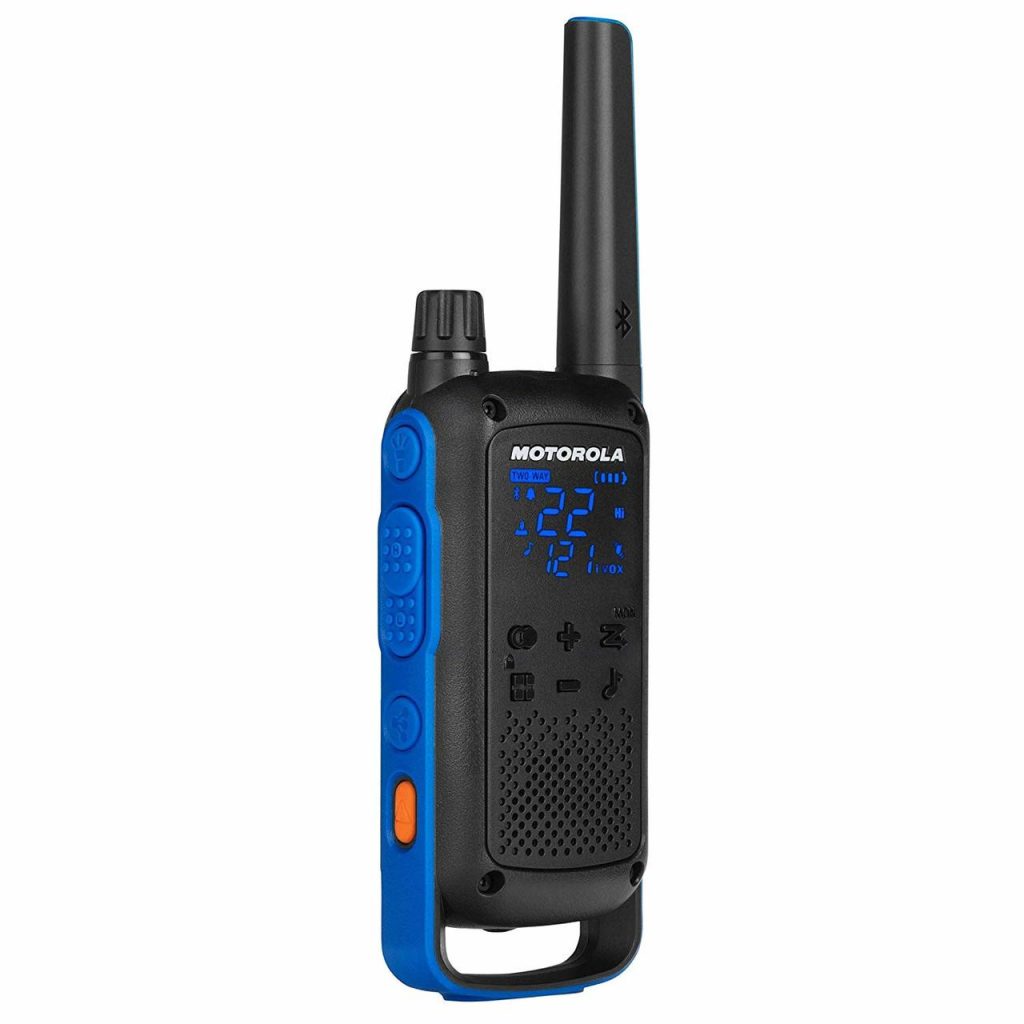
This GMRS/FRS radio offers short-range communication with a modern twist—it pairs with your smartphone for offline map sharing and messaging via Bluetooth.
Features:
-
35-mile range (in optimal conditions)
-
Built-in flashlight
-
Smartphone connectivity via Motorola app
-
NOAA weather alerts
Pros:
-
Affordable and easy to use
-
No license required for FRS channels
-
App enhances functionality
Cons:
-
Range varies heavily with terrain
-
GMRS use requires a license in some countries
Zoleo Satellite Communicator
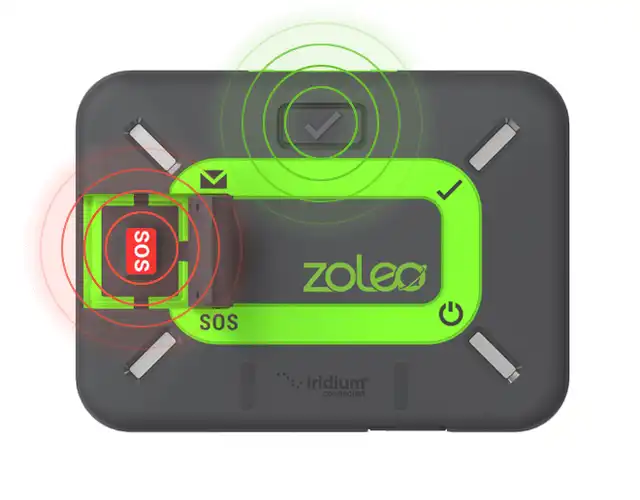
Zoleo is a global messaging device that pairs with your smartphone for seamless communication whether you’re on satellite, cellular, or Wi-Fi networks.
Features:
-
Seamless switching between networks
-
SOS emergency alert system
-
Check-in and location sharing
-
Long battery life (up to 200+ hours)
Pros:
-
Global messaging without dead zones
-
Intuitive mobile app
-
Affordable subscription tiers
Cons:
-
Requires smartphone pairing
-
No display on the device itself
BTECH UV-50X2 Dual Band Radio
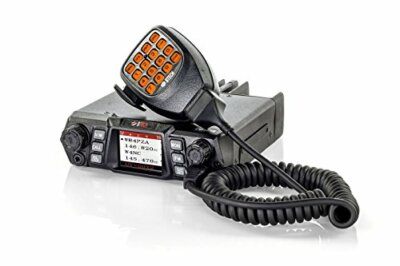
Ideal for advanced users, this dual-band mobile HAM radio is powerful and programmable, perfect for long-range vehicle-to-vehicle communication.
Features:
-
50W power output
-
Dual simultaneous monitoring
-
Wide frequency range
-
Fully customizable settings
Pros:
-
High performance and long-range capabilities
-
Rugged design
-
Great value for amateur radio operators
Cons:
-
Requires HAM radio license
-
Not ideal for beginners
SPOT X Satellite Messenger
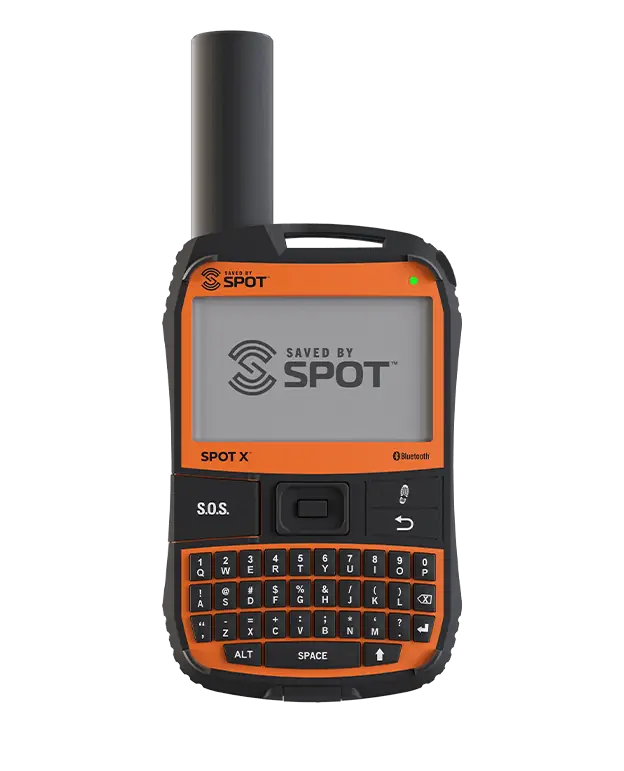
SPOT X is a satellite-based two-way messaging device with a built-in keyboard and GPS tracking, designed for adventurers who go deep off-grid.
Features:
-
Direct messaging via satellite
-
Dedicated U.S. phone number
-
Built-in GPS navigation
-
One-touch SOS feature
Pros:
-
No smartphone required
-
Physical keyboard for easier messaging
-
Good coverage in North and South America
Cons:
-
Larger and bulkier than other devices
-
UI isn’t as intuitive as competitors
How to Choose the Right Communication Device for Your Overlanding Needs
Selecting the ideal communication device depends on the specific conditions of your journey, your travel companions, and your personal preferences. Here are the key factors to guide your decision:
Consider Your Destination (Remote vs Semi-Populated Areas)
Where you travel plays a major role in choosing the right communication tool.
-
Remote regions with no cell coverage require satellite messengers, emergency beacons, or HAM radios.
-
Semi-populated or rural areas may still have intermittent cell signal, making cellular phones with boosters, GMRS, or CB radios more practical.
Tip: If you’re traveling internationally, consider a device that works across borders or allows for global coverage.
Determine Group Size and Communication Requirements
The number of vehicles and travelers in your party determines your communication range and clarity needs.
-
For small groups in convoy, short-range tools like FRS, GMRS, or CB radios work well.
-
For larger or spread-out groups, you may need HAM radios or mesh-enabled satellite devices to stay connected.
Also, decide if your needs include voice communication, text messaging, group broadcasts, or emergency-only use.
Understand Your Budget for Communication Tools
Communication devices vary significantly in price.
-
Budget-friendly: FRS radios, CB radios
-
Mid-range: GMRS radios, Motorola T800, entry-level HAM units
-
Premium: Garmin inReach, SPOT X, Zoleo, satellite phones
Don’t forget to factor in subscription costs, licensing fees, and accessories like antennas or solar chargers.
Check if Additional Features (GPS, Weather Updates) Are Required
Modern communication devices often bundle extra functionality.
-
inReach, Zoleo, and SPOT X offer GPS tracking, navigation, and weather forecasting.
-
Others, like GMRS radios, may include NOAA weather alerts.
Consider whether these add-ons enhance your trip’s safety and convenience—especially in unpredictable environments.
What Comms System is Best For Your Overland Adventures?
There’s no one-size-fits-all answer—your ideal system depends on your overlanding style, travel route, and communication preferences. Below is a simplified guide to help match your needs to the best system:
| Adventure Style | Recommended Communication Setup |
|---|---|
| Solo Overlander (Remote) | Satellite communicator (Garmin inReach or SPOT X), Personal Locator Beacon (PLB) |
| Couple/Small Group in Convoy (Off-Grid) | GMRS or CB radios, optional satellite backup (Zoleo or Garmin) |
| Family Overlanding (National Parks, Rural Areas) | GMRS radios + smartphone with booster or global SIM |
| International Expedition | Cellular phone with global SIM + inReach or Zoleo for emergencies |
| Advanced Remote Explorer | HAM radio with license + PLB or satellite messenger for backup |
| Weekend Overlanders (Popular Trails) | FRS or GMRS radios are usually sufficient |
The best system often involves layering multiple devices—using a short-range radio for daily team coordination and a satellite device or beacon for emergencies. Ultimately, safety and reliability should always outweigh minor cost savings when traveling into the unknown.
Top 7 Emergency Communication Devices for Overlanding
Emergencies can arise without warning, especially when you’re exploring off-grid territories far from cell towers and urban infrastructure. That’s why equipping your overlanding kit with reliable emergency communication devices is not just wise—it’s essential.
Here are the top 7 emergency communication devices every Overlander should consider:
1. Portable Cell Phone Battery

Even in areas with limited connectivity, your smartphone can still serve as a crucial lifeline—for GPS, messaging apps, and emergency calls. A high-capacity portable battery ensures your phone remains powered when it matters most.
Why it’s essential:
-
Extends phone usage in remote areas
-
Useful for emergencies, navigation, and apps
Recommended Features:
-
10,000mAh or more
-
Fast charging and multiple outputs
-
Solar charging capability (optional)
2. Cell Phone Booster Kit
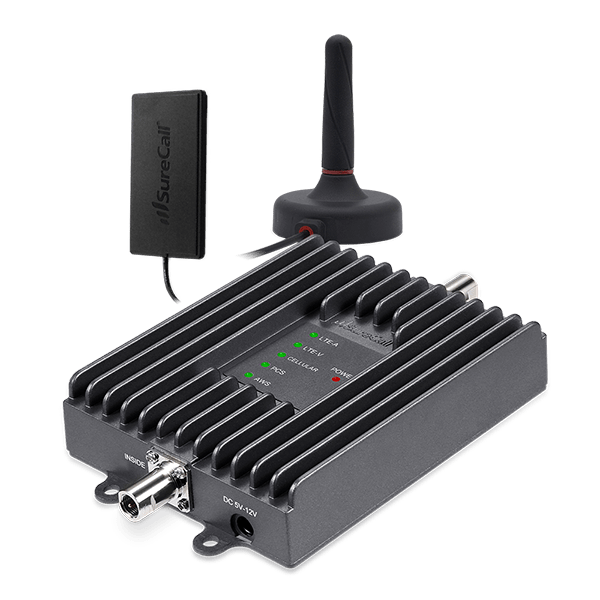
In fringe coverage areas, a cell signal booster can be the difference between a dropped call and a life-saving message. These kits amplify weak cell signals, improving voice and data quality.
Why it’s essential:
-
Increases signal strength in remote areas
-
Enhances GPS and messaging app reliability
Recommended Brands:
-
weBoost Drive Reach
-
SureCall Fusion2Go
3. HAM Radio & GMRS Radio
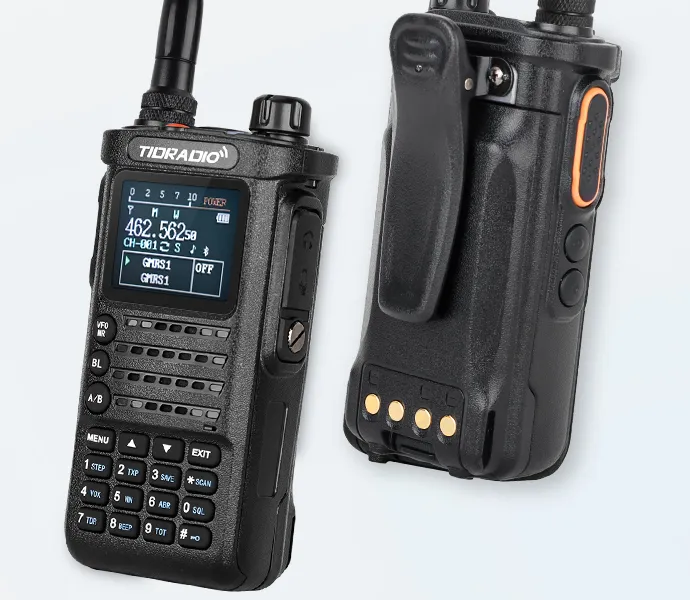
For serious overlanders, HAM radios (licensed) and GMRS radios (license-required in some countries) offer powerful long-distance communication. In emergencies, HAM radio can connect you with global amateur networks and first responders.
Why it’s essential:
-
Long-range, reliable communication
-
Works independently of cellular or satellite systems
Use case:
-
Coordinating rescue or help in large group trips
-
Communicating in mountainous or forested terrain
4. Satellite Phone
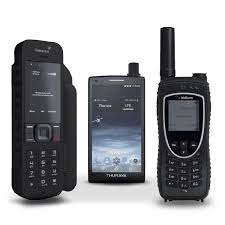
When there’s no cell service, a satellite phone offers real-time, two-way voice communication from almost anywhere on Earth. It’s a premium solution, but critical in high-risk, remote overland routes.
Why it’s essential:
-
Global voice connectivity
-
Bypasses cellular networks entirely
Popular Models:
-
Iridium 9555
-
Inmarsat IsatPhone 2
5. Personal Locator Beacon (PLB)
![]()
A PLB is a compact, high-powered emergency device that sends a one-way SOS distress signal and GPS location to global rescue authorities via satellite. It requires no subscription and is incredibly reliable.
Why it’s essential:
-
Lifesaving in extreme emergencies
-
Works even without cell or satellite communication plans
Top Picks:
-
ACR ResQLink View
-
Ocean Signal rescueME PLB1
6. Satellite Messengers
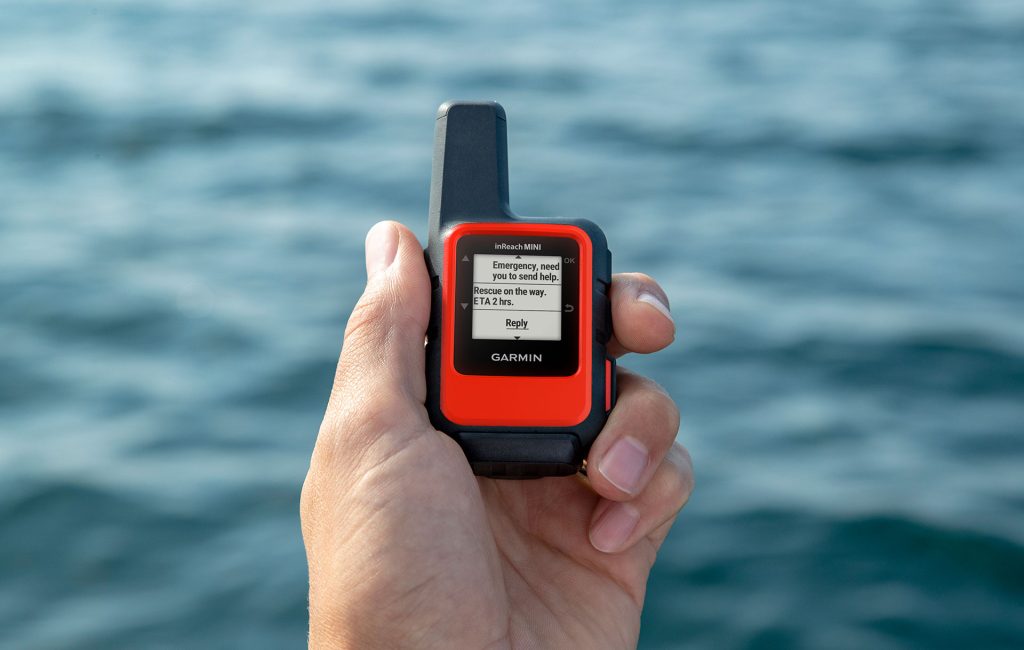
Devices like the Garmin inReach Mini or Zoleo combine two-way messaging, SOS alerts, GPS tracking, and weather forecasting into one satellite-powered package. Ideal for constant communication and emergency response.
Why it’s essential:
-
Reliable global messaging and tracking
-
SOS connects to 24/7 monitoring centers
Key Benefits:
-
Two-way text capability
-
Seamless smartphone integration
7. SpotX Messenger
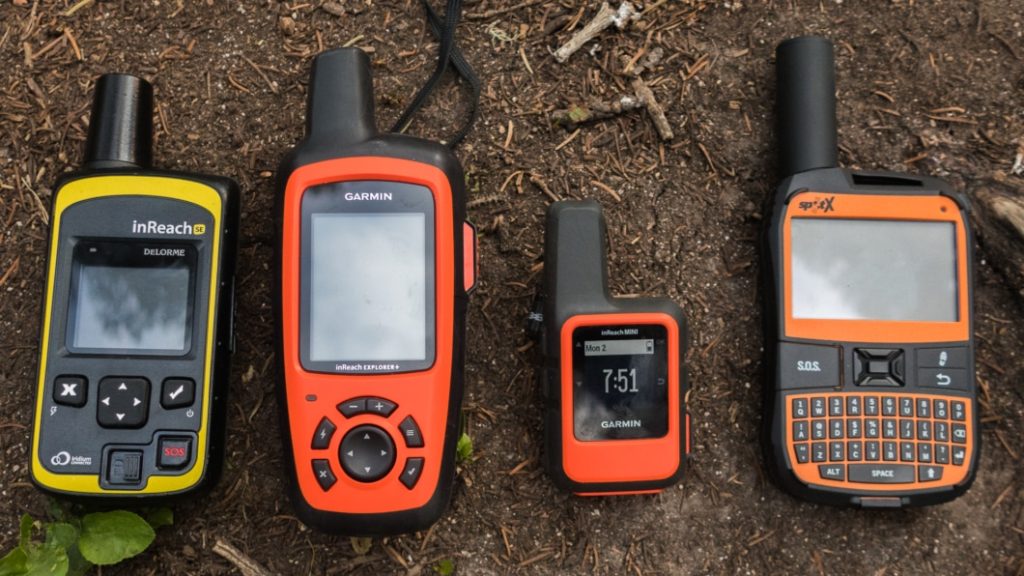
The SPOT X satellite messenger offers a unique keyboard interface, personal U.S. phone number, and two-way satellite messaging—without needing to pair with a smartphone.
Why it’s essential:
-
Complete communication without mobile phone reliance
-
Great for solo overlanders or minimalist setups
Highlights:
-
Built-in GPS tracking
-
One-button SOS to GEOS International Emergency Response Coordination Center
Every overlander should carry at least one reliable emergency communication tool tailored to their journey’s level of risk. Redundancy is key—combine short-range options with long-range or satellite devices to ensure you’re never out of reach when it matters most.
Final Thoughts
Overlanding is all about freedom, exploration, and venturing beyond the reach of conventional travel. But with that freedom comes the responsibility of staying safe—and communication is at the heart of any well-prepared overland journey.
Summary of Key Factors to Consider
When choosing an overlanding communication device, it’s crucial to evaluate:
-
Range and coverage – Know whether you’ll need short-range or global communication.
-
Power and battery life – Ensure your device stays functional throughout your trip.
-
Durability and waterproofing – Pick rugged devices built for outdoor extremes.
-
Usability – Simple, intuitive tools are vital during emergencies.
-
Compatibility and integration – Choose devices that work well with your existing tech.
-
Cost-effectiveness – Balance your budget with the level of reliability you need.
Importance of Having a Reliable Communication Device for Safety
Being out of contact in an emergency can quickly turn a minor mishap into a life-threatening situation. A reliable communication device ensures:
-
You can call for help, even in remote zones.
-
You remain in touch with your team or support network.
-
You receive critical updates like weather alerts or route changes.
Even on casual overlanding trips, unpredictable conditions make communication tools essential—not optional.
Recommendations Based on Overlanding Style
-
Solo Overlanders: Invest in a satellite communicator like the Garmin inReach Mini or SPOT X, paired with a PLB for backup.
-
Small Groups or Families: Use GMRS or CB radios for day-to-day coordination, with a satellite device as a fallback.
-
Long-Range Explorers: Combine HAM radio (with the appropriate license) and a satellite messenger to ensure both global and local reach.
-
Weekend Warriors on Popular Trails: A reliable GMRS or FRS radio should suffice, with a charged cell phone and power bank for emergencies.
In overlanding, your communication system is more than a convenience—it’s your lifeline. Choose wisely, pack with purpose, and travel confidently into the wild.
